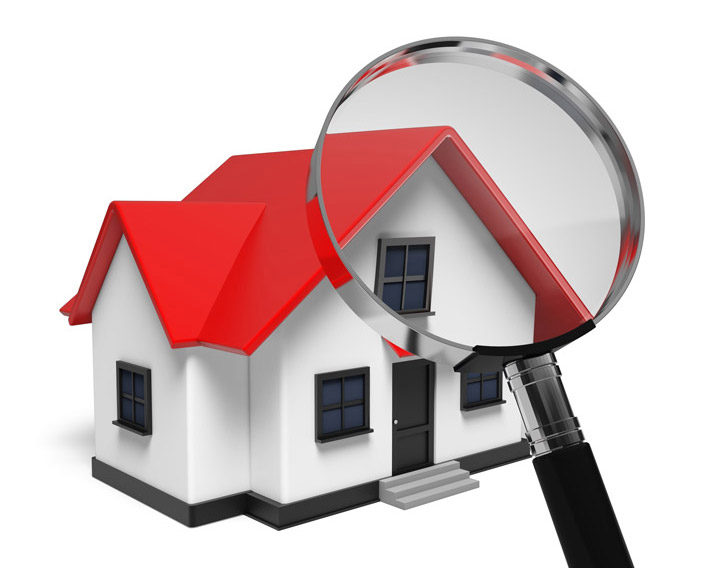
Understanding AppraisalsBuying a house is the largest transaction most of us may ever make. Whether it's where you raise your family, a seasonal vacation home or one of many rentals, the purchase of real property is a detailed financial transaction that requires multiple parties to pull it all off. Most people are familiar with the parties taking part in the transaction. The real estate agent is the most known face in the exchange. Then, the mortgage company provides the financial capital needed to bankroll the transaction. The title company makes sure that all details of the exchange are completed and that the title is clear to pass to the buyer from the seller. So, what party makes sure the value of the real estate is in line with the purchase price? In comes the appraiser. We provide an unbiased estimate of what a buyer might expect to pay — or a seller receive — for a property, where both buyer and seller are informed parties. A licensed, certified, professional appraiser from Bruce Ladd Appraisals will ensure, you as an interested party, are informed. The inspection is where an appraisal beginsTo determine an accurate status of the property, it's our duty to first complete a thorough inspection. We must actually view features, such as the number of bedrooms and bathrooms, the location, living areas, etc, to ensure they truly exist and are in the condition a typical buyer would expect them to be. The inspection often includes a sketch of the house, ensuring the square footage is proper and conveying the layout of the property. Most importantly, the appraiser looks for any obvious features - or defects - that would have an impact on the value of the property. Following the inspection, an appraiser uses two or three approaches to determining the value of real property: a paired sales analysis, a replacement cost calculation, and an income approach when rental properties are prevalent. 
Replacement CostThis is where the appraiser pulls information on local building costs, the cost of labor and other factors to figure out how much it would cost to build a property nearly identical to the one being appraised. This figure usually sets the upper limit on what a property would sell for. The cost approach is also the least used predictor of value. 
Sales ComparisonAppraisers become very familiar with the neighborhoods in which they work. They innately understand the value of certain features to the residents of that area. Then, the appraiser looks up recent sales in the neighborhood and finds properties which are 'comparable' to the home at hand. Using knowledge of the value of certain items such as remodeled rooms, types of flooring, energy efficient items, patios and porches, or extra storage space, we adjust the comparable properties so that they more accurately portray the features of subject.
An opinion of what the subject could sell for can only be determined once all differences between the comps and the subject have been evaluated. At Bruce Ladd Appraisals, we are an authority when it comes to knowing the worth of particular items in Hopkinsville and Christian County neighborhoods. The sales comparison approach to value is usually given the most weight when an appraisal is for a home purchase. Valuation Using the Income ApproachA third way of valuing a property is sometimes applied when an area has a reasonable number of rental properties. In this situation, the amount of income the real estate yields is factored in with other rents in the area for comparable properties to give an indicator of the current value. ReconciliationCombining information from all approaches, the appraiser is then ready to put down an estimated market value for the property at hand. The estimate of value on the appraisal report is not always what's being paid for the property even though it is likely the best indication of what a property is worth. Depending on the individual situations of the buyer or seller, their level of urgency or a buyer's desire for that exact property, the closing price of a home can always be driven up or down.But the appraised value is often employed as a guideline for lenders who don't want to loan a buyer more money than they could recover in the event they had to sell the property again. It all comes down to this, an appraiser from Bruce Ladd Appraisals will help you attain the most accurate property value, so you can make wise real estate decisions. |